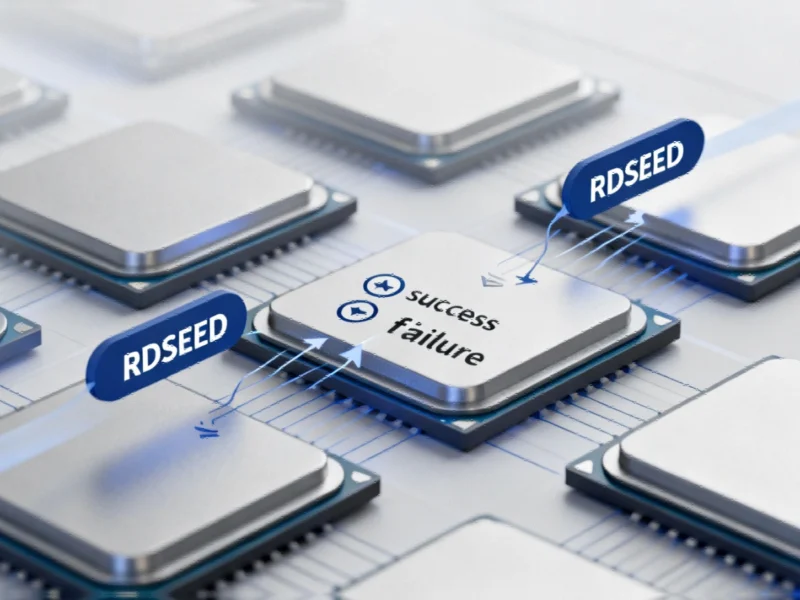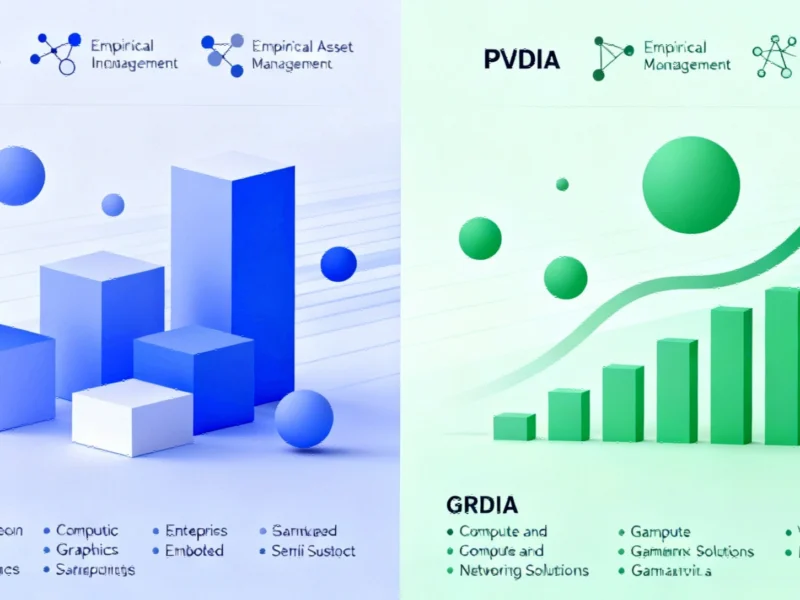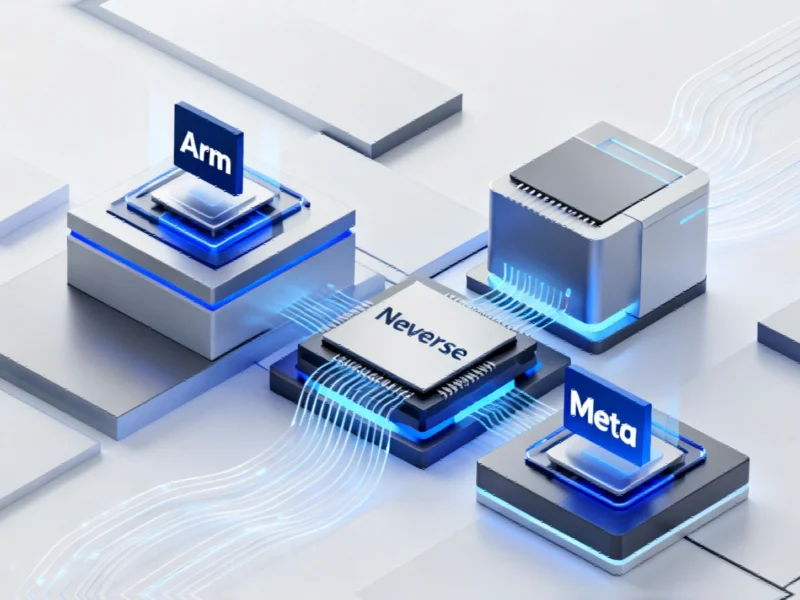Potential RDSEED Implementation Issue Identified in AMD Zen 5 Architecture
Technical researchers have reportedly identified what appears to be an architectural anomaly in AMD’s latest Zen 5 processors, specifically affecting the RDSEED instruction under certain workload conditions. According to reports circulating in technical communities, the issue manifests when the instruction returns a value of zero while simultaneously indicating successful operation through the carry flag.
Technical Details of the Reported Behavior
Sources indicate that under unknown architectural conditions, Zen 5 chips executing the RDSEED instruction can produce what analysts describe as an unusual result combination: a zero value (val=0) with the carry flag set (CF=1). This combination typically indicates successful operation, yet returns what should be considered a failed random value. The report states this behavior occurs in over 10% of successful RDSEED operations under specific conditions.
Industry experts suggest this represents a potential architectural issue where RDSEED may misclassify failures as successes. As detailed in technical documentation from kernel developers, the standard behavior expects CF=0 (failure) when val=0 is returned, making the observed pattern particularly noteworthy.
Reproduction Methodology and System Impact
Researchers reportedly reproduced the issue reliably using a specific testing methodology that involved launching two threads per available core. According to the findings, one thread per core performed what analysts describe as “hammering” on RDSEED operations while another thread consumed approximately 90% of available memory bandwidth. This stress-testing approach revealed the consistent anomalous behavior under high-load conditions.
Industry Context and Broader Implications
This development comes amid significant industry movements in technology infrastructure and security. Recent coverage from industrial technology news outlets highlights how major technology companies are forming strategic partnerships that could influence future hardware requirements.
Meanwhile, security experts are emphasizing the importance of robust architectural implementations, particularly as organizations implement advanced security measures. According to analysis from enterprise computing publications, microsegmentation strategies are becoming increasingly critical for modern infrastructure protection.
Media Industry Parallels in Technology Deployment
The technology sector’s challenges with hardware implementation occur alongside significant shifts in digital content distribution. As reported by media industry analysts, major news organizations are overhauling their streaming strategies, reflecting the growing dependence on reliable computing infrastructure for content delivery.
Regulatory and Reporting Considerations
Technology developments frequently intersect with regulatory frameworks, as evidenced by recent coverage of changing reporting requirements in government sectors. Such regulatory developments often influence how technology issues are disclosed and addressed within the industry.
Next Steps and Industry Monitoring
Technical analysts suggest the computing industry will be closely watching AMD’s response to these findings and any potential mitigation strategies. The RDSEED instruction’s role in cryptographic operations and security-sensitive applications makes thorough investigation particularly important for enterprise and cloud computing environments where Zen 5 processors are expected to see significant deployment.
This report is based on technical analysis and industry reporting from multiple sources. The findings represent observed behaviors under specific test conditions and should be considered within that context.
This article aggregates information from publicly available sources. All trademarks and copyrights belong to their respective owners.



